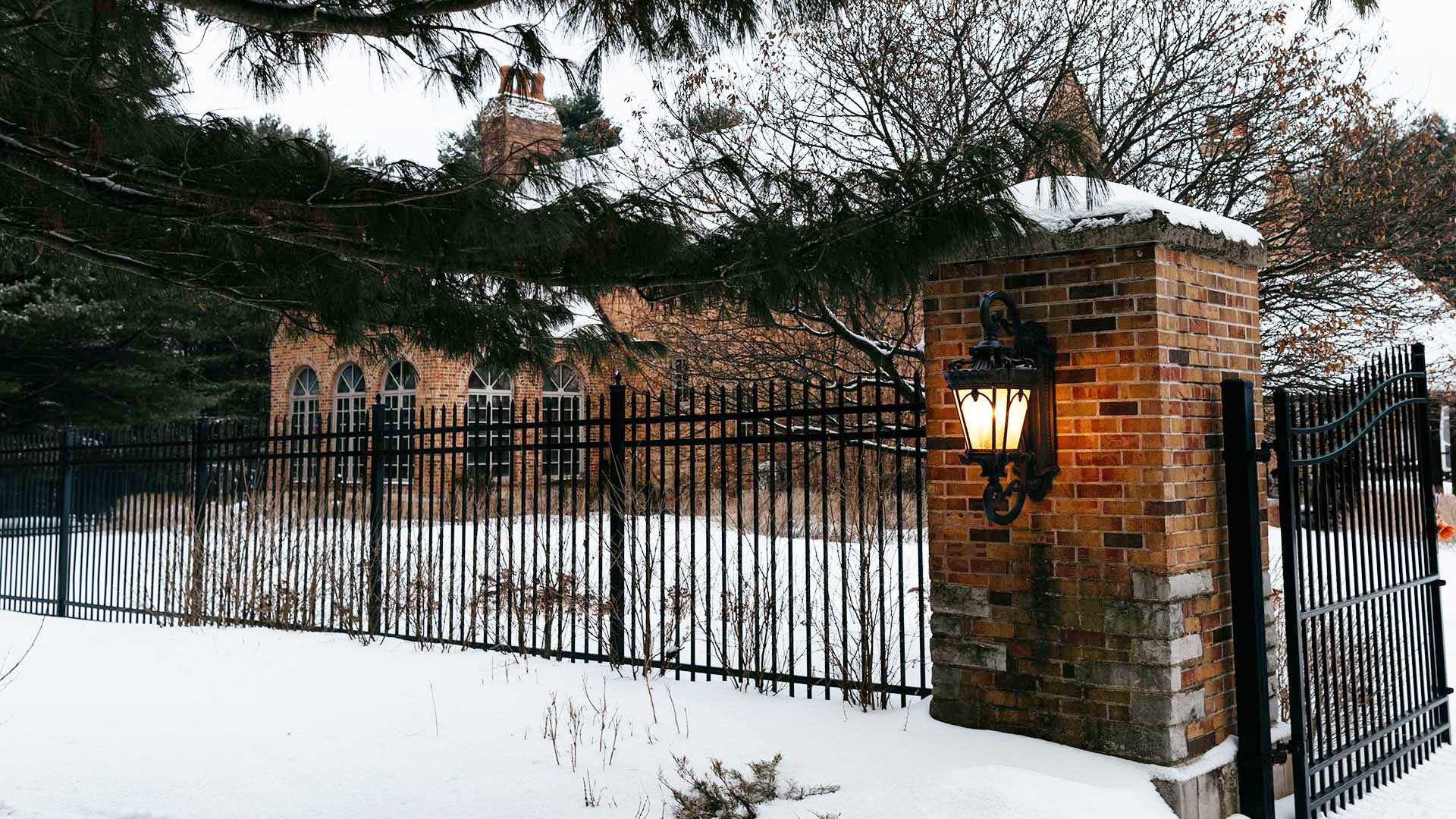Common Misconceptions About Frozen Pipes
Frozen and burst pipes pose a major risk during the winter months—especially if your home is unoccupied throughout the season. And, as recent weather events have shown, residing in a warmer climate alone does not make you immune to this risk.
Understanding exactly when, where and why pipes freeze and burst plays a big part in preventing them. To help, we are debunking some of the common misconceptions about this winter risk.
Misconception: Homes in cold weather climates are more susceptible to frozen and burst pipes.
The truth is... Pipes are typically built on the inside of insulation in homes where cold weather is expected. In southern climates, however, pipes are more likely to be in uninsulated areas which can make them more vulnerable during a cold snap.
Misconception: Frozen pipes burst because of ice expanding.
The truth is... In reality, it has more to do with pressure building as the pipe freezes. Once frozen, ice can block water from passing through. The resulting pressure from the unfrozen water trapped between the ice and a closed faucet is the primary cause of ruptures in frozen pipes.
Misconception: Damage only occurs if a pipe bursts.
The truth is... Even if a pipe does not burst, the expanding ice can still cause damage. This can lead to leaks which can cause significant damage over time if they go unnoticed.
The best way to protect against frozen pipes and the resulting water damage is with an automatic water shut-off device. If a leak is detected, the device will automatically shut off the water supply in your home. There are different devices for different needs, so consider your specific home and lifestyle when selecting yours.





